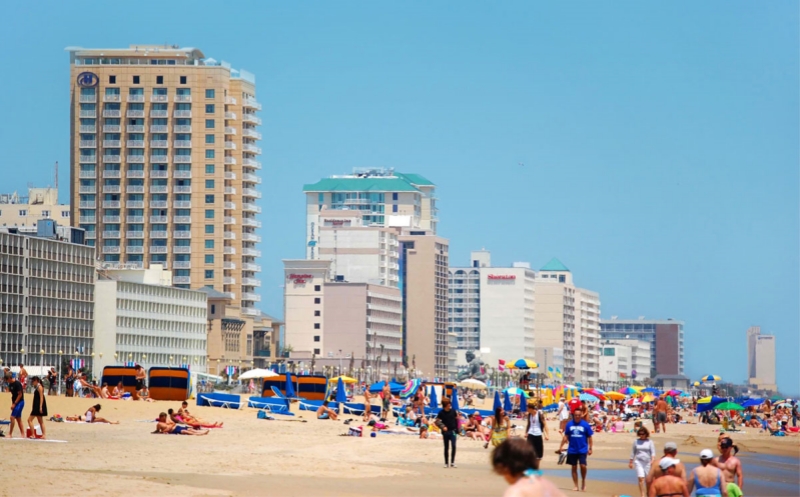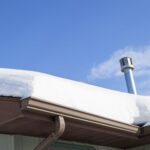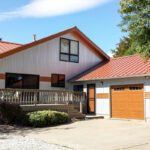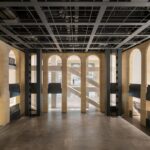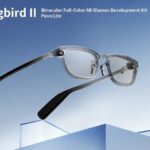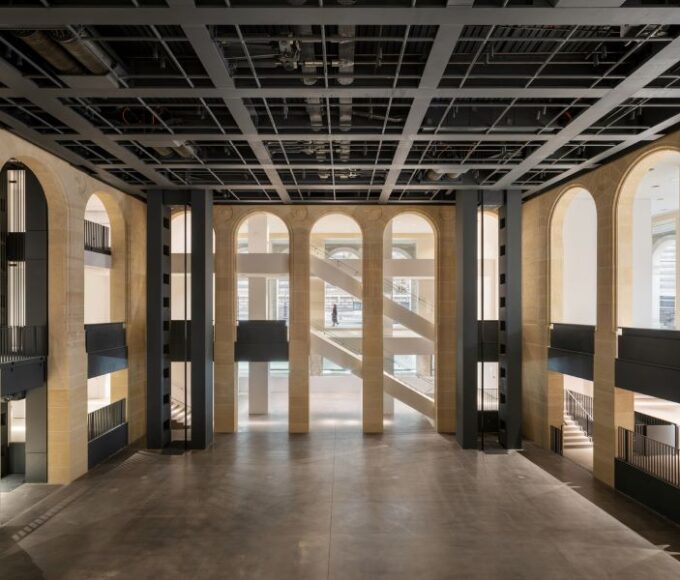Washington state provides its residents with a wide range of climates to enjoy. From oceanfront cottages to mountain chalets and everything in between. Choosing the right roof for these climates varies greatly depending on your location. While most engineered metal roofing systems will hold up to the challenges every region will face, certain options provide better protection and savings than others.
Roofing in Coastal Washington Communities
If you’re lucky enough to live along Washington’s beautiful coastline, a number of factors are going to play important roles in determining which roofing solution to choose. From the sandy coastal beaches of Long Beach, Ocean Shores or Westport, to the rocky coastlines of the Olympic Peninsula and San Juan Islands, Washington’s coastal diversity is what draws so many to its shores.
This diversity requires special attention when deciding on a roof for your home. Understanding the distance between you and the shoreline is an important consideration for choosing your roof. Salt water can potentially wreak havoc on any building and choosing the right materials will be important in maintaining your roof for the life of the building.
For best overall protection, metal roofing systems have become incredibly popular as technological advances have allowed for better performing, and more affordable solutions in the past few years. If you live within a mile of the shoreline and are interested in the durability and longevity an engineered metal roofing system can provide, consider using aluminum or zincalume substrates rather than a galvanized substrate. This should help minimize the aging process of your roofing panels.
Thanks to the moisture brought by regular rainfall, salt water corrosion along the Washington coast is not as extreme as other areas around the country, but it still occurs and can damage any building material over time. Scheduling bi-annual or quarterly washings will help keep your roof performing at its maximum potential for many years.
To learn more about Washington’s precipitation, please visit U.S. National Weather Service for a comprehensive explanation.

Peninsula & Outer Coastline
Living along the peninsula and outer Washington coast, pay close attention to your distance from the shoreline itself. Within a mile, you may want to consider aluminum rather than a steel base.
The occasional storm that passes through brings high winds and wind-driven rain. Both of these conditions can cause damage and create potential water penetration in many traditional roofing systems. An engineered metal roofing system should be designed to cope with the weather conditions along the coast help prevent damages.
A commonly overlooked aspect of a properly installed roofing system is the trim. Some installers take careful considerations when installing the panels only to treat the roofing trim as a decorative feature rather than a crucial engineered component of a roof. Roofing trim protects the perimeter edge of your system and are often the primary defense against wind-driven rain and can be a major component in mitigating wind uplift on the panels themselves.
Metal Roofing in Puget Sound
Using Whidbey Island as the northernmost point, the Puget Sound area has a less corrosive ocean environment than locations like the San Juan Islands or Ocean Shores, WA. This is due to the high amounts of fresh water being emptied into the sound by surrounding rivers, creating an estuary.
While the same precautions should be taken to protect homes in this region against the occasional storm and wind-driven rain, salt water corrosion is typically considered less of a threat. In many cases, a zincalume, or even galvanized substrate can be approved for these homes.
The Seattle Heat Island
For homeowners interested in responsible building practices, you may consider using a cool roof color or finish to help do your part in reducing the heat island effect created by urban areas. Additional information about the urban heat island effect can be found in an Environmental Protection Agency (EPA) release.
Choosing a Color or Finish
Once you have identified the right roofing system for your environment, you can move onto selecting a color or finish.
The first step to choosing a color for your home should be to consider the environment itself and how it changes throughout the year. What types of vegetation is on your property? Are there Douglas Firs that will remain green year-round, or broad-leafed trees that will shed during the winter months? Is water prominent in the visual landscape? Take the time to consider how these conditions will change throughout the year and what types of colors will fit well within these changes and work best to compliment or contrast them.
Another consideration to take when choosing your roofing color is how the roof will look at different points in the day. Typically, this is broken down into sunrise, mid-day, and sunset, but looking at what night-time artificial light sources exist, and how it will look on an overcast day should be just as important in the Pacific Northwest where winter daylight hours are short and overcast days are common.
For sandy coastal visual aesthetics often, neutral colors work best. Neutral colors are usually thought of as greys, whites and blacks, but browns and blues can also be considered neutral for exterior purposes. Greys and browns have traditionally worked well in our local environment. Along the coast where siding is often muted blues and greens, grey roofing compliments these well. Grey finishes also draw the eye to brighter areas of the home like the entryway, where brighter colors can be used.
In rocky coastal environments where dark rocks and evergreen trees are more common, darker neutrals work well. Charcoal greys complement evergreen trees well and also are excellent at offering a contrast to the warmer wood finishes common in these settings.
If your roof is not visible (low slope, flat), using a high performing cool roof color may be your best option. Light greys, whites, and other cool roof colors can help you save energy costs and do your part to lower the heat island effect if located near the Seattle metro.



